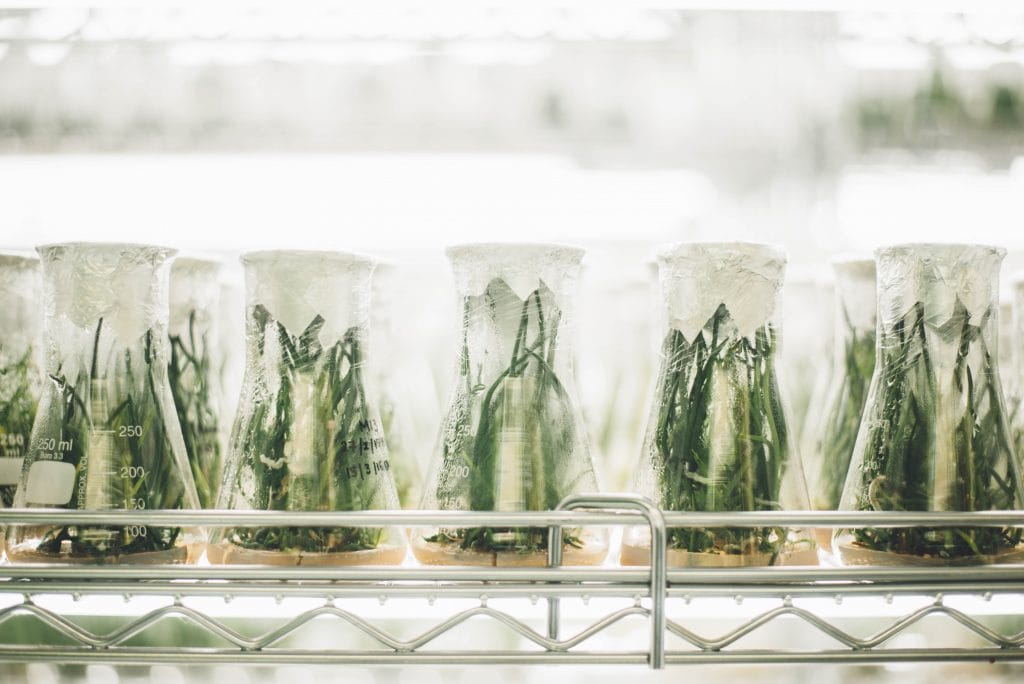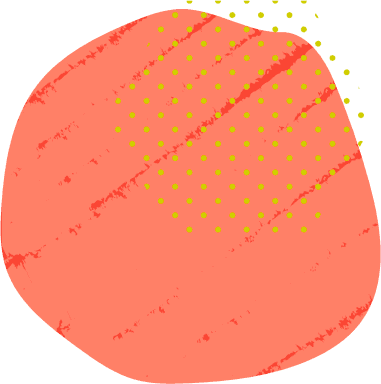Chances are, during your depth studies in preliminary and HSC Biology, you’ll be expected to write up a research report for your investigation.
To many, this will be the most tedious part of your study. But there are benefits!
Learning how to structure and flesh out your research report in HSC Biology can provide you with the experience necessary to write research reports in the future!
Research reports are commonly required in most STEM courses in university and learning how to compose one early on will give you a head start.
In this article, we’ll provide you with a detailed, step by step guide on how to write a Research Report specifically for HSC Biology.
Let’s dive in!
What is a Research Report?
How do we write a Research Report?
Step 1: Title
Step 2: Author/s
Step 3: Abstract
Step 4: Introduction
Step 5: Methodology and Materials
Step 6: Results
Step 7: Discussion
Step 8: References
What is a Research Report?
Research reports are summative articles, written by you (the researcher), based on an investigation or experiment you conducted!
They are useful for providing a method to share results, methodology and other scientific concepts.
Biology, in particular, is a subject which relies heavily on reports to convey information and results! It is a field which focuses not only on quantitative results (measurements and calculations), but also qualitative ones (descriptions).
An investigation report is probably the most hassle-free way we can effectively record qualitative results.
Let’s take a look at the NESA HSC Biology assessment outline:
According to NESA, you may be asked to write a research report following your depth study.
Your research report should include your hypothesis, methods, results and discussion. Let’s go into this a little deeper!
How do we write an HSC Biology Research Report?
Almost all disciplines of science follow similar styles and formatting with some occasional minor differences.
We’ve managed to simplify the process of writing an HSC Biology research report into 8 easy steps for you to follow!
Step 1: Title
Your title should be comprehensive enough to describe the contents of your study, but not so much that only a specialist might understand.
Think of your title as a descriptor for your experiment.
For example: Caffeinated coffee and its effects on post-exercise heart rate as a measure of aerobic capacity
Step 2: Author/s
This section of your report should contain the names of all authors and contributors to your investigation.
Generally, the first name should be that of the individual who wrote the report.
Step 3: Abstract
The abstract is a summary or a preview of what you did, what results you obtained and how you obtained them.
Generally abstracts should:
- NOT be longer than a paragraph (150-250 words)
- Summarise purpose, methods, results and conclusion
- Be clear and succinct
For example: Organ and tissue transplantation processes have constantly been hindered by the immunological intolerance between biological systems and genetically different grafts. Although tissue transplantation has great potential, the need for significant immunosuppression results in serious side-effects such as opportunistic infections. By re-engineering the body to accept allogenic transplantations through mixed chimerism, the body can sustain a state of immunological tolerance rather than broad-scale immunosuppression. Donor stem cells can migrate throughout the recipient’s bone marrow compartments and through hematopoiesis, generates central tolerance. Due to this breakthrough, the use of immunosuppressants will be made mostly redundant with long term mixed chimerism…
Note: This sample abstract contains fictitious data and may not convey real results. The purpose of this example is to provide you with an exemplar on abstract structure.
Step 4: Introduction
What was your research question/s? What is the background context of your study? What is/ are your hypothesis/es?
These are just a few of the questions you need to address in your introduction.
Your introduction should:
- Introduce your research question
- Describe background research and its importance to your topic
- State what hypothesis you drew from existing knowledge
- Explain how your study is beneficial for the scientific community
- Be within a one to four paragraph range
Example of hypothesis: Through the analysis of this experimental aim, a hypothesis was developed stating that the consumption of caffeine would improve aerobic capacity by inducing a higher resting heart rate and faster heart-rate recovery post-exercise.
Step 5: Methodology and Materials
The method and materials section should highlight how you went about answering your research question.
Your protocol should be well structured, in order and easy to read.
HOWEVER, easy to read does not mean simple! Your protocol should be detailed enough so that another scientist can exactly replicate your experiment using your method.
If your protocol is complex, consider adding in a diagram, flowchart or illustration to help your reader visualise your method.
Note: your methods section should NOT contain any results.
For example: This study was conducted using a double-blind treatment design. Subjects (n=15) were healthy young adults of ages 17-30 who had consumed food as normal and limited their beverage intake to water in the 2 hours prior to the experiment. Exclusion factors were considered as individuals with cardiovascular or respiratory health conditions and women who were pregnant…
Step 6: Results
This is the part where you present your results. This is usually in the form of tables or graphs but may depend on whether your research question specifies qualitative or quantitative findings.
Do NOT discuss your results or their implications here. Save this for the discussion section.
For example: The mean resting heart rate of individuals 1 hour after the consumption of caffeinated coffee (180 mg caffeine; n=8) was 70 beats per minute (BPM) (Figure 1.). The subjects who consumed decaffeinated coffee (no caffeine; n=7) after 1 hour had a mean resting heart rate of 72.86 BPM.
Step 7: Discussion
Highlight and analyse any significant results. To really flesh out your discussion, ask yourself if it answers these questions:
Does my discussion:
- Relate my results to my research question?
- Analyse and explain my results?
- State whether my results support my hypothesis?
- Analyse whether or not my results are consistent with or contrary to existing scientific literature?
- Suggest ways to improve the accuracy, reliability or validity of the experiment?
- Acknowledge how my research fits into the big picture?
- Contain a concluding paragraph?
For example: The results of this study display high variability in mean resting heart rate after the ingestion of caffeinated and decaffeinated coffee and hence no conclusive difference can be ascertained. This contradicts the first part of our hypothesis as caffeine did not alter the resting heart rate of coffee drinkers…
Step 8: References
In the references section, cite any and all literature you may have mentioned or used in your report. Referencing styles may vary from school to school, so make sure you check your marking criteria!
For example:
Note: These sample references utilise the University of Sydney’s Harvard style referencing.
And that wraps up our 8 step guide to writing an HSC Biology research report – good luck!
Struggled in Year 11? Think you have some learning gaps that need to be filled? Revise your fundamentals with a complete breakdown of Module 1: Cells as the Basis of Life for everything you need to know and more module guides inside!
Looking for some extra help with your HSC Biology research report?
We have an incredible team of Sydney Biology tutors and mentors who are new HSC syllabus experts!
We can help you master report writing and ace your upcoming HSC assessments with personalised lessons conducted one-on-one in your home or at our state of the art campus in Hornsby!
We’ve supported over 5,000 students over the last 10 years, and on average our students score mark improvements of over 19%!
To find out more and get started with an inspirational HSC Biology tutor and mentor, get in touch today or give us a ring on 1300 267 888!
Alex Gao is an Art of Smart mentor and blogger who is passionate about teaching students the skills and know-how of high school. Alex has a great interest in the field of Biology, avidly blogging about the topic whilst also aspiring to become a Biomedical Engineer. Alex graduated in 2018 and was listed on the Distinguished Achievers list for Advanced English, Extension 1 English and Biology.





